Grizzly Man is the fourth title in LCB Game Studio’s Pixel Pulps series, beginning a second trilogy titled “Pixel Pulps DTV Collection.” (DTV is short for direct-to-video.) It is a psychedelic slasher game about a former MIB agent who was severely injured in a mysterious attack, waking up with full amnesia. Ten years later, he is working as a field guide when his group is attacked by the Grizzly Man, a violent creature that is linked to the CIA and Project MKUltra (a real human experiments program that ran from 1953 to 1973). Grizzly Man is a visual novel that sometimes adds minigames to the mix, creating a retro gameplay experience that mirrors its retro visuals and retro pulpy goodness. There is one protagonist — Robert the field guide — but the story is told from multiple points of view. Retro graphics, a pulpy horror story, real human emotions, and one scary man-bear-thing make for one wild trip to the taiga!
Related reading: To catch up on the Pixel Pulps series, check out my reviews for Mothmen 1966, Varney Lake, and Bahnsen Knights.
Grizzly Man begins as a young woman named Claudia watches a man and woman playing together in the river. The night before, the trio had an alcohol- and cannabis-fuelled threesome. Today, though, Ava wanted alone time with her man, Mike. Claudia moves a rock between her fingers, an attempt to disappear into the action and reduce her entire existence to a small series of movements. The first minigame begins. There’s a slider above five slots, with one through five stars in no particular order. You click on slots in order based on the stars’ number, without missing one. The minigame does what it should: it puts all my focus on the movement of the slider and the stars below it, and everything around me kind of melted away for that moment.
This all sounds innocent enough, but when Claudia looks back up, this weird man-bear thing is attacking Ava. Mike runs away as fast as he can, with Claudia following. There is another minigame here, much sooner than I would have anticipated. It is perfectly placed, though. Click to run, but don’t click too slowly or quickly because Grizzly Man will catch up to you. You need Claudia’s image to stay within the green bar until she’s gone through all her panicked internal thoughts. If she lives, she does find Mike… but Grizzly Man is hot on their trail.
The scene where Claudia is running is brilliant. The main image does not change. The text (“…”) doesn’t change. But with every click, her portrait in the upper-left of the screen changes into a slightly different horrified face. You can feel every second, each one simultaneously feeling too short and too long. It creates a wonderfully tense moment with only the change of a facial expression. This is the type of Pixel Pulp moment that makes me fall in love with the series time and time again. It is not easy to create such an atmosphere with so little at hand.
The game cuts to the protagonist, Robert. One look at him and you can tell he’s been through all sorts of hellish experiences in the past. His thoughts prove that to be the case. Robert is a field guide in the Alaskan wilderness, and while out he finds a pair of bloody eyeglasses next to a river… the same river Claudia had been to. Robert has a deep, troubling backstory that is wrapped up in everything that’s happening. He was found by a local man over a decade ago, in the woods, with a pool of blood around his head. When he eventually woke up, he remembered nothing. The man named him Robert, the name he would have given his son if his late wife ever had a child. When the man dies, a letter and a suit in a hidden chest reveal what he really knew of Robert’s history: he was found wearing this dark suit and white shirt. He was an actual Men in Black agent.
A whistleblower speaks to Robert about a scientist who ran an MKUltra subprogram specializing in micro-controllers. The army sends him active soldiers and then reports them as being MIA. The scientist would open their heads to implant his micro-controllers. It’s a super messed up story that adds to an already unbelievable tale, somehow making the narrative seem totally believable when you’re in it. That’s conspiracy theories, for you.
Things really get going when Robert takes four people on a two-day excursion. The first day ends at a campsite, and the second at a cabin. After the cabin, anything goes. The tourists can stay and explore, or ride back to the starting point with Robert. Two typical college students, Ethan and Leo, bring much-needed humour to the mix. The television documentary filmmaker, Hanna, is a typical Gen-Z (I say this lightheartedly.) Her camera is always on. She’s here to strap a camera to her helmet and film while throwing herself into rapids. The fourth person is Johan, a travelling painter only a few years older than Robert. You get his side of the story when chapters focus on his experience.
And here, the group becomes Grizzly Man targets. They are like the salmon in a salmon run. Too bad this Grizzly isn’t interested in fertile fish. This… thing?… dons a great big grizzly bear head with a cross-shaped patch over the left eye. Under the bear head appears to be a human, or maybe it used to be a human. They/it wears a blood-spattered tank top, the dark red liquid staining after being cast from the giant axe used to attack humans.
And now it’s time for my first ever Fun Fish Facts™️ segment! Salmon are usually born in freshwater, at the bottom of creek beds. After growing to adulthood, they swim downstream to spend most of their lives in the ocean. A salmon run is when these adult fishies swim back upstream to spawn as far upriver as possible.
The salmon run in Alaska and northwestern Canada occurs between mid-spring and early fall (depending on the species). The bears are already preparing for the following winter and want all the fish they can get. There are physical, bloody fights between males for the best fishing spots while the females and cubs are cast aside to other places on the rivers. The female fish are the best for filling the bears up, as their eggs contain more fat. It’s like a soap opera out there! (I only know this because I watch too much TV, including Hungry Games: Alaska’s Big Bear Challenge, which tracks several bears throughout the season and compares them to see who comes out on top. I’ve never learned so much from a reality TV competition before. I then spent this summer with explore.org‘s live stream of grizzly bears fishing on the television 24/7. But enough on that.)
When the developer says that the characters have become the salmon, it means they are the ones being ruthlessly tracked and hunted in the taiga. For once, it’s not (just) salmon. To Grizzly Man, humans have been reduced to nothing more than meat. But does Grizzly Man think the humans are salmon? Is the killing senseless, or does Grizzly Man know what’s happening? Is someone the puppet master behind the scenes? Grizzly Man’s motives are part of the greater mystery: what the heck is going on with the Men in Black, CIA, and U.S. Army?! Why Alaska? Why a bear? Does Grizzly Man hibernate like an actual bear? This is all spoiler territory, and my lips are sealed regarding any answers.
Grizzly Man (the game) even gives us a glimpse inside Grizzly Man’s (the creature’s) head. The visuals are like a weird acid trip, with shifting colours and images merging and separating. Images of Grizzly Man’s brain contain strange patterns and the silhouette of a fish, and he gets some words out: “Where? The eggs! Orange… Dirty… Dirty!” There are more quick flashes of images, with text also thrown in: “pacient 45, unknown” and “MKUltra.” Images of bears, starting from sane and ending with insanity, continue alongside some more of his thoughts: “All salmon… Orange… Soft… ALL SALMON!” Getting a glimpse into what it is like to be Grizzly Man felt sacred, like I was seeing something I maybe shouldn’t be.
The difference between the last Pixel Pulp game in the first trilogy and this first game in the second trilogy surprised me. Gameplay-wise, I was actually able to complete minigames (minus that darned solitaire). There’s even a version of my favourite puzzle type, nonograms! The visuals, sound, and narrative create a tension that surpasses anything I found in the original trilogy (though not by much). The villain is the most terrifying yet. The deafening silence of being alone in the woods makes me feel especially vulnerable, and Grizzly Man captures that essence.
Some parts seem more gory, but that could be because my memories of the past three games have faded. The part that made me really into the violence is when Grizzly Man catches up to you; there is a black silhouette of the killing on a bright red background, and the text below reads, “A piece of your brain slides down the trunk of an old aspen in the taiga.” I can picture it as vividly as any show or movie could present it. I can even hear</> the sound. It’s giving indie slasher flick at its finest.
Grizzly Man’s visuals follow the usual Pixel Pulp trend of a limited colour palette, and it’s wonderfully chosen. Reds and dark purples mix to create darkness, while light blues, greens, and whites represent the light. The lighting in the game’s visuals is done well. It highlights what needs to be noticed, whether a rare happy moment or a person being questioned intensely. I have always appreciated the artwork in this series, and much like the story and the minigames, it has continued to improve.
I despise having to write this next part because Grizzly Man is such a great game, and it’s also the first in the series to be self-published. However, I face some major technical issues, mostly related to saving. The first time I tried to save the game, it crashed. It saved none of my progress but I found a way to pick up at the beginning of the chapter I had been playing. And when I can save it, more things start to go haywire. Images freeze while text continues and menus work, but won’t collapse. I don’t see a quit button, so I have to command-alt-delete my way out of the game when I want to exit the application. While the score I give to Grizzly Man does reflect these issues, I place far more emphasis on narrative, gameplay, and artwork.
Since Grizzly Man is part of the Pixel Pulp series, I expected pulpiness and certainly got oodles of it. The visual novel-style game is vibrant, atmospheric, and gory; its narrative is incredibly intriguing and had me hanging onto every word. I found myself rooting for the characters to escape alive, though I admit the deaths were quite fun to witness. (That’s the horror film lover in me!) Everything (save the technical issues) in Grizzly Man is a step up from the last game in the series, Bahnsen Men. The graphics, narrative, gameplay, audio, and minigames all feel a bit more polished.
Grizzly Man is the best Pixel Pulps game to date, and it is a great way to start a new trilogy; the next two games will be Dark Side Sewers (about a remote viewer) and Possession Junkies (about a Wiccan who is the last of her lineage). You can read more about both here.
Buy the hottest games with Amazon.
By purchasing from this link, you support DDNet.
Each sale earns us a small commission.
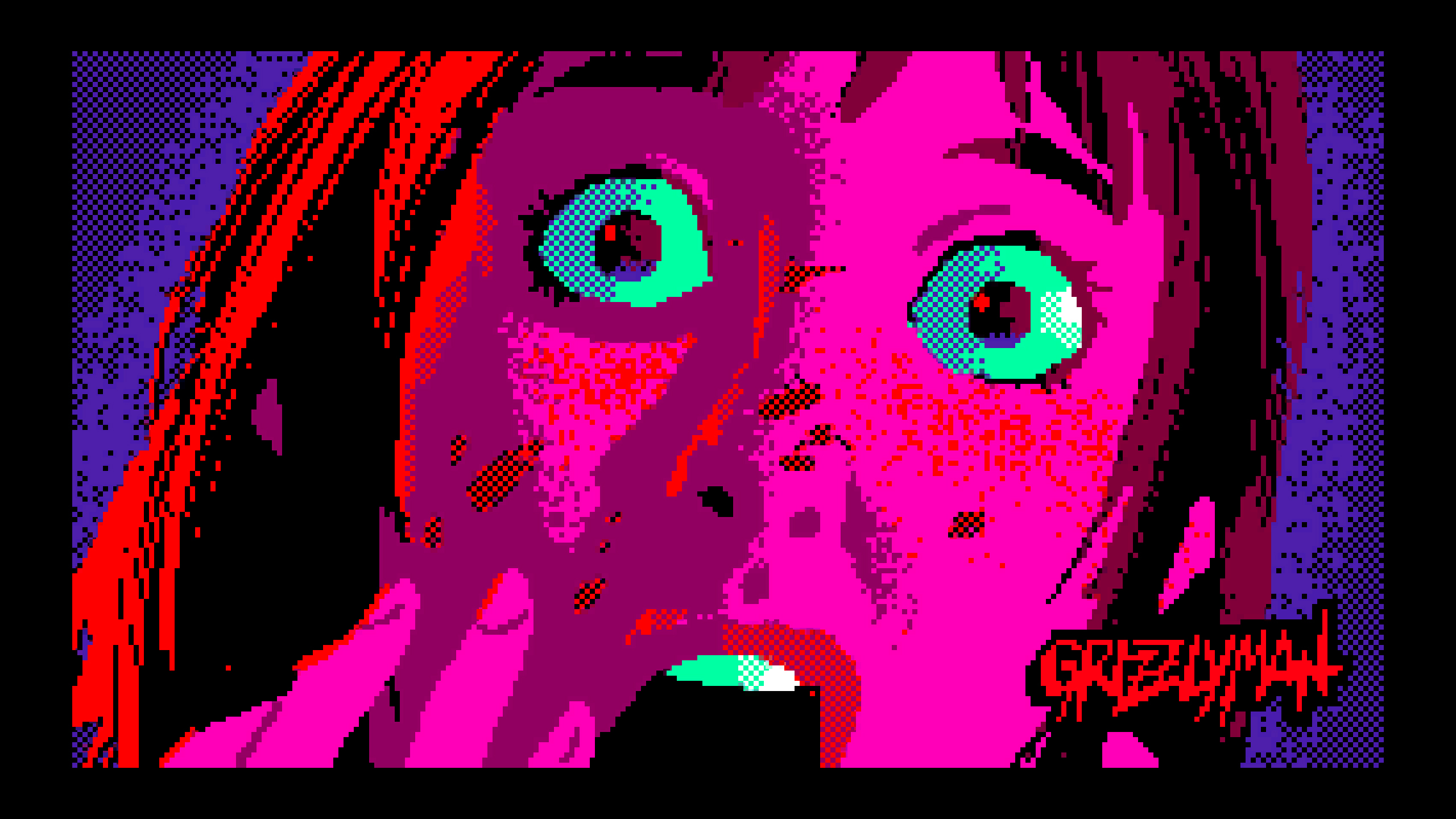

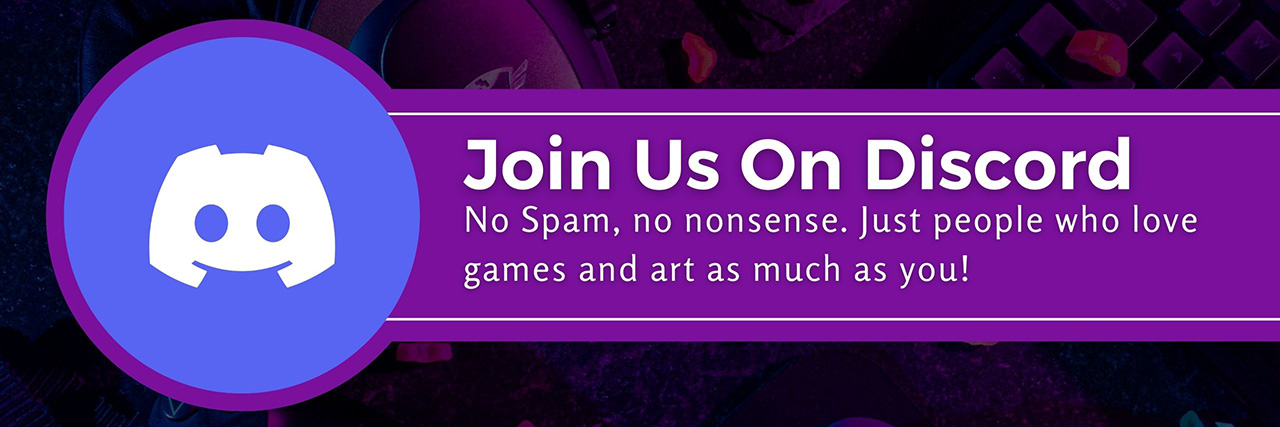
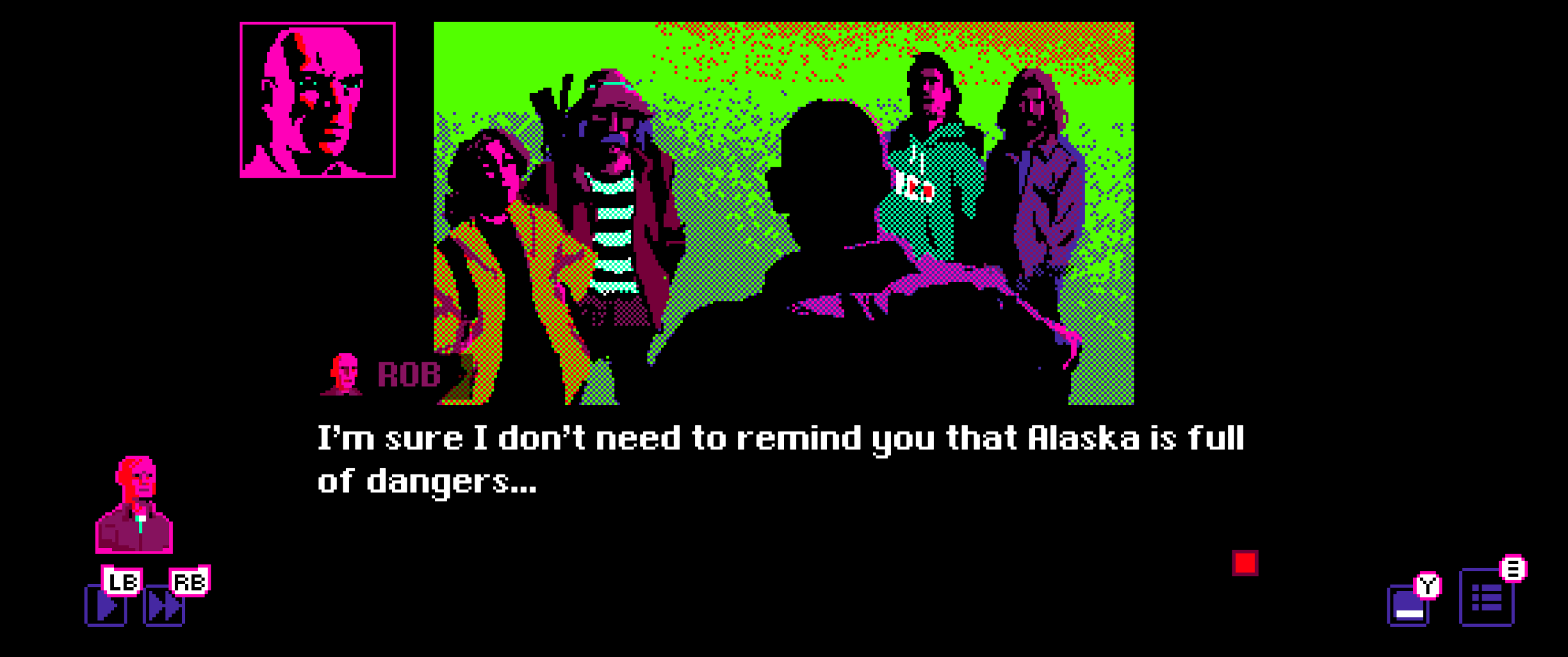

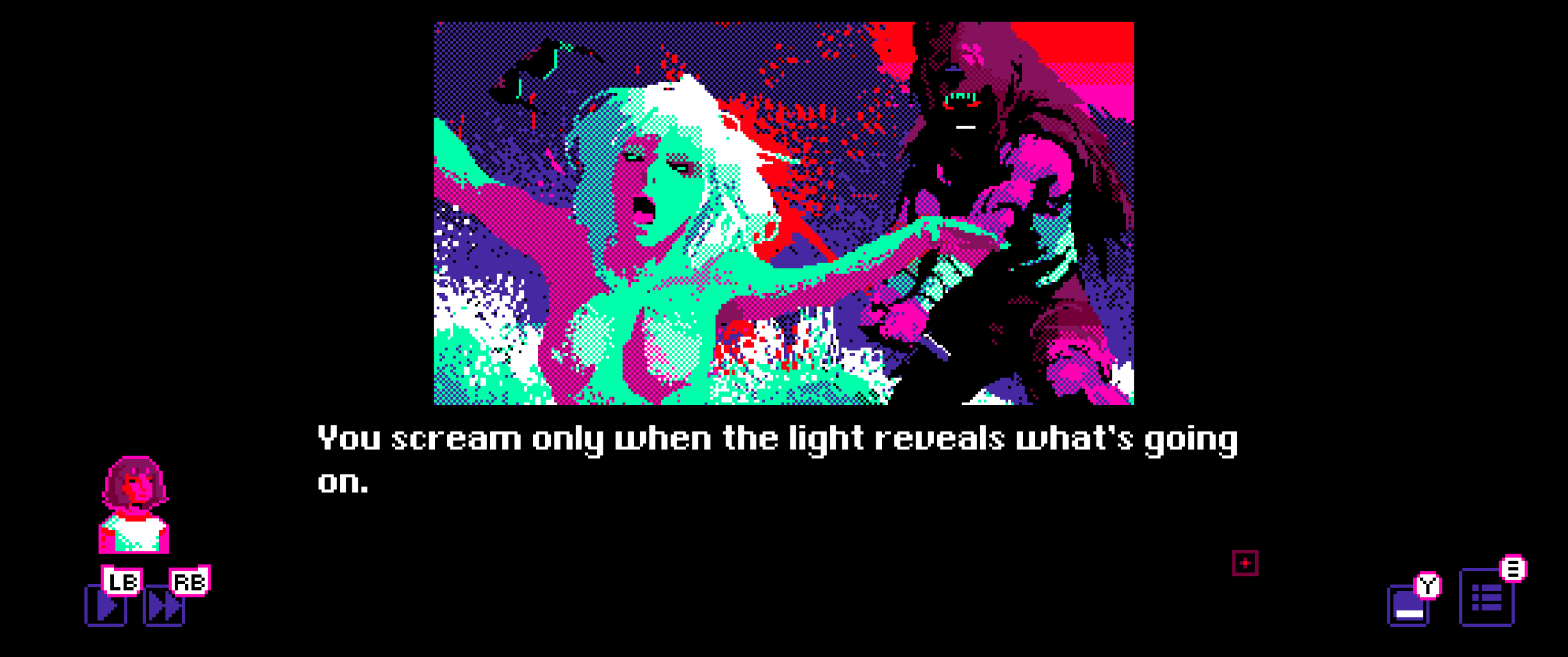


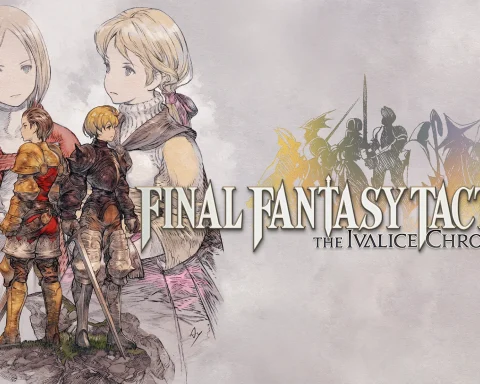
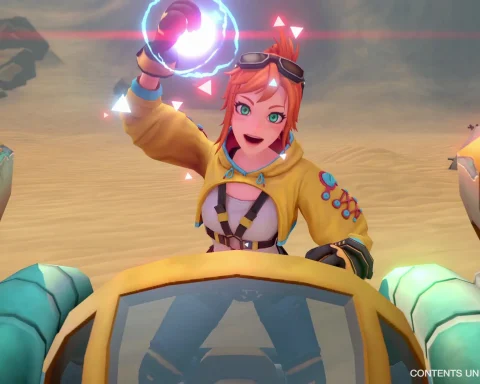
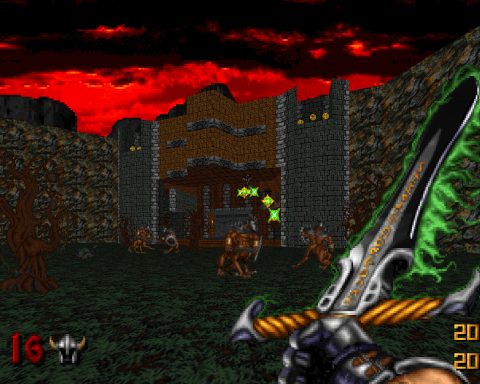


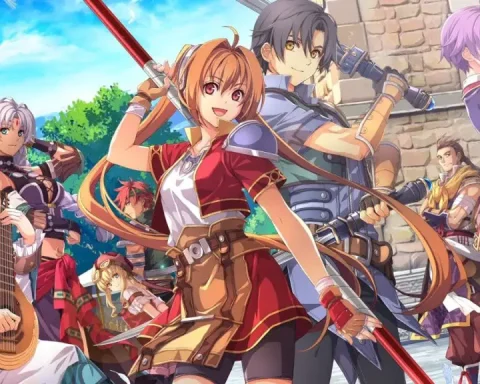
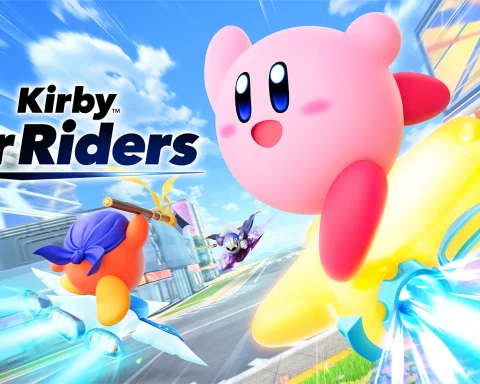
Thanks for the great review, Lindsay! Fur real! (See what I did there?)
Regarding the technical issues, we’ll look into them and have everything ironed out in the next patch! Luckily, it seems the issue isn’t very common—though that’s both good and bad, as it makes it harder to pinpoint!
Cheers and thanks again!